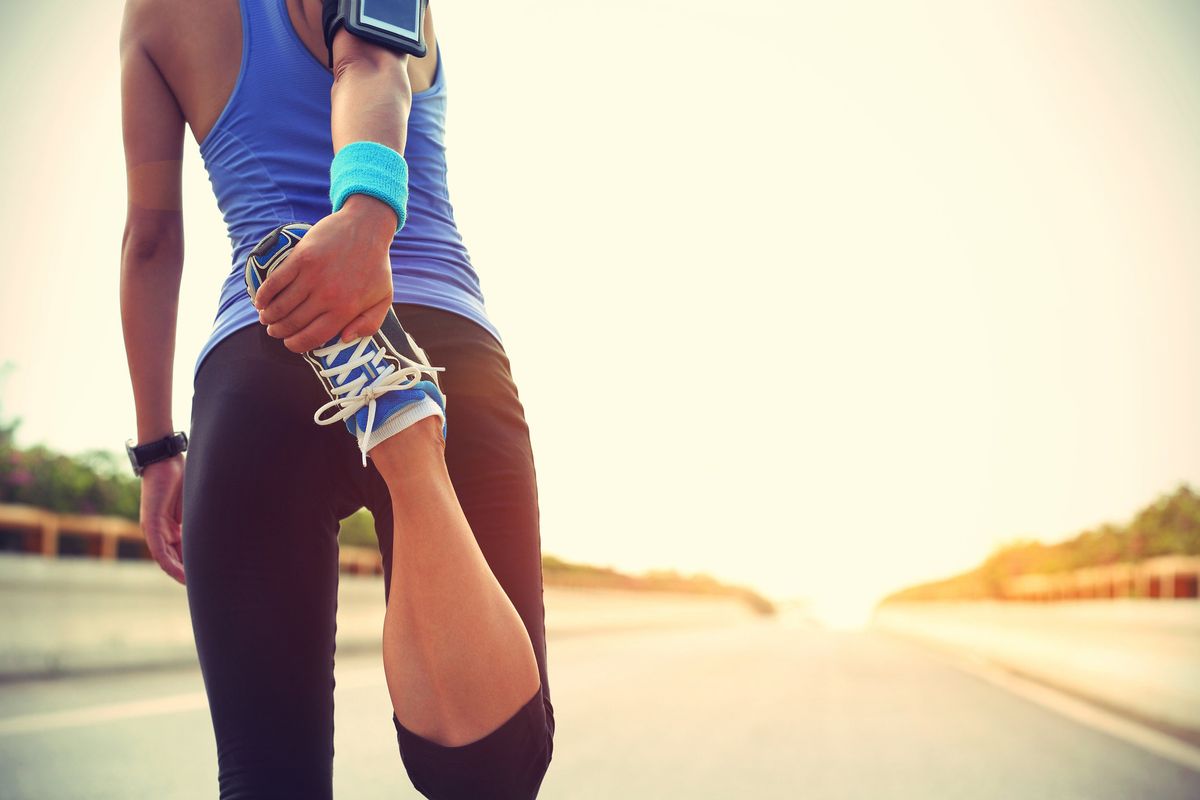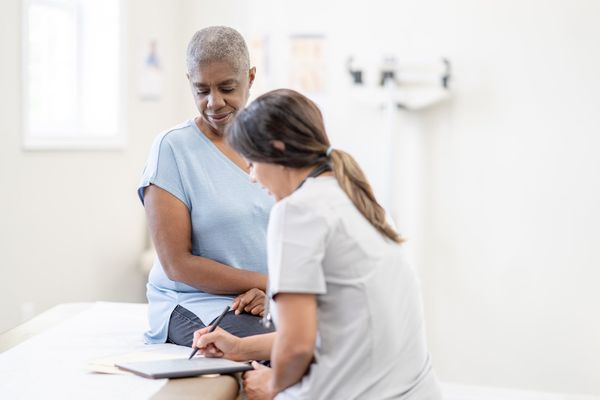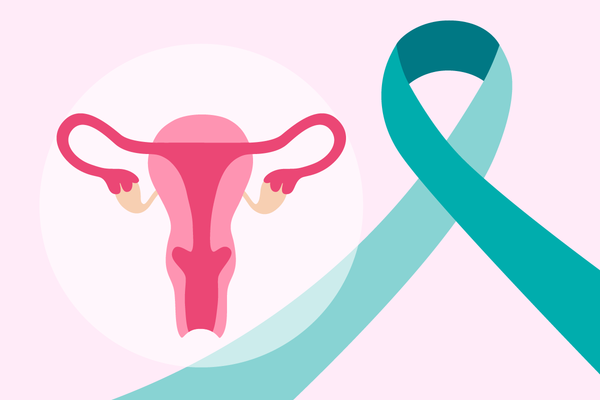You only need a few minutes for warm-up and cool-down, but it's time well spent.
Warm-up gets your body ready for activity. It increases your heart rate and breathing, pushes oxygen and glucose to your muscles and raises body temperature—causing muscles to warm, move better and become less sore. Warming up also encourages better fat-burning. Cool-down reduces stress on your cardiovascular system gradually and more safely.
Your warm-up should work the same muscles you'll be using while exercising. You can warm up simply with a slower version of your physical activity. For example, if you'll be brisk walking, warm up with five minutes of walking at a slower pace.
Or try these quick warm-ups (repeat each three to five times) from the Arthritis Foundation:
Arms
- Hold arms out in front of you, palms facing.
- Raise arms as high as possible.
- Slowly lower to starting position.
Legs (check with your health care provider first if you've had a hip replacement)
- Stand, holding onto a chair.
- Lift one leg out to side, then cross it in front of other leg.
- Return to starting position. Repeat with other leg.
After warm-up, it's good to stretch a little to build flexibility before exercising more strenuously. If time is short, stretch after your main physical activity but before cool-down, when your muscles are most elastic.
To cool down, simply slow the pace of your activity for about five minutes. If you've been exercising very vigorously, cool down for 10 to 15 minutes. This will help your heart and lung rates return to normal and prevent dizziness. Slow walking is an excellent cool-down method.





